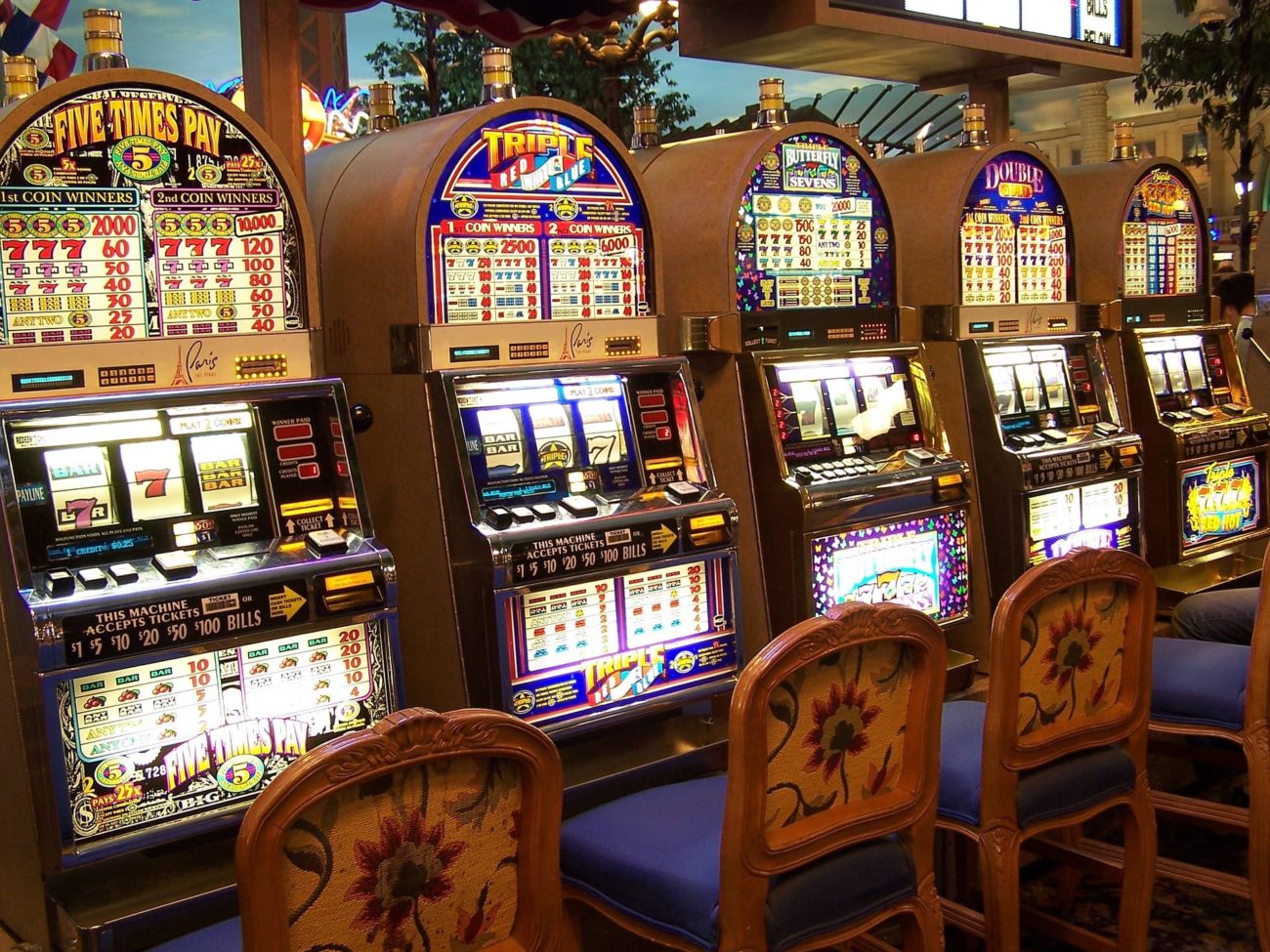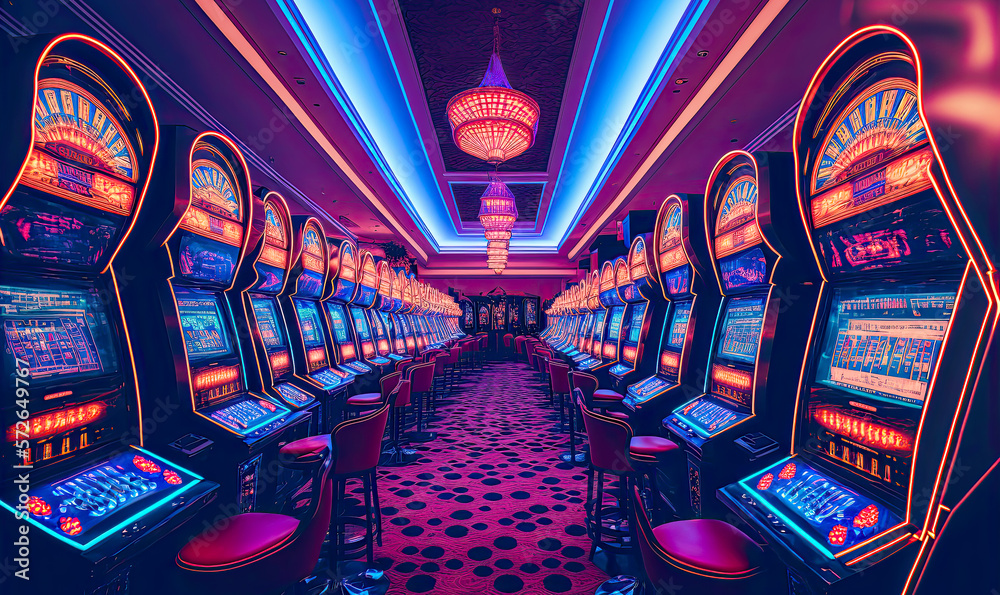Designing a board game is a rewarding creative journey that combines storytelling, strategic thinking, and visual design. From concept to finished product, the process involves several key steps baji999 লাইভ. Here’s a guide to help you navigate the fascinating world of board game design:
1. Conceptualization: Finding Your Game’s Core Idea
The first step in designing a board game is conceptualization. This involves brainstorming and defining the core idea of your game. Consider the following questions:
- What’s the Theme? Is your game set in a fantasy world, historical period, or modern-day scenario?
- What’s the Objective? What are players trying to achieve? Is it about building an empire, solving mysteries, or surviving a disaster?
- Who’s the Target Audience? Are you designing for families, casual gamers, or hardcore strategists?
Look for inspiration in existing games, movies, books, or real-life events. Develop a unique twist to make your game stand out.
2. Mechanics: Crafting the Rules and Gameplay
Once you have a solid concept, focus on the mechanics—the rules and systems that drive gameplay. This includes:
- Game Flow: How will turns progress? What actions can players take on their turn?
- Victory Conditions: How does a player win the game? What are the criteria for success?
- Player Interaction: How do players interact with each other? Is there cooperation, competition, or a mix of both?
- Resource Management: What resources will players manage? How will they acquire, use, and lose them?
Create a prototype with simple materials to test these mechanics. This helps you visualize how the game will play and identify potential issues.
3. Prototyping: Bringing Your Game to Life
A prototype is a basic version of your game that allows you to test and refine its mechanics. Use materials like cardboard, paper, and markers to create a rough version of your game components—such as cards, boards, and pieces.
During this stage:
- Playtest Extensively: Gather a group of playtesters to try your game. Observe their reactions and gather feedback.
- Iterate Based on Feedback: Adjust rules, components, and mechanics based on the feedback from playtesting. Expect to go through multiple iterations before finalizing your design.
4. Design and Artwork: Enhancing Visual Appeal
Once the gameplay is solid, focus on the design and artwork. This includes:
- Board and Components Design: Create visually appealing and functional designs for the game board, cards, tokens, and other components.
- Artwork and Theme: Develop artwork that reflects the theme and enhances the overall experience. Consider hiring a professional illustrator if needed.
Ensure that the design is not only attractive but also clear and easy to understand. Good design helps players quickly grasp the rules and immerse themselves in the game.
5. Production: Bringing Your Game to Market
With a polished prototype and finalized design, it’s time to think about production:
- Manufacturing: Research manufacturers who can produce your game components. Consider factors like cost, quality, and production timelines.
- Crowdfunding: Platforms like Kickstarter can help you raise funds and gauge interest in your game. Create a compelling campaign to attract backers.
- Distribution: Plan how you will distribute your game. Will you sell it online, through retailers, or at conventions?
6. Marketing and Promotion: Sharing Your Game with the World
Effective marketing is crucial for your game’s success:
- Build a Website: Create a website or landing page for your game to provide information and updates.
- Engage with the Community: Use social media, forums, and conventions to connect with potential players and promote your game.
- Gather Reviews: Encourage reviewers and influencers to play and review your game. Positive reviews can significantly boost visibility.
Conclusion
Designing a board game is a complex but fulfilling endeavor that combines creativity, strategy, and perseverance. By following these steps—conceptualizing your idea, refining mechanics, prototyping, designing, producing, and marketing—you can transform your vision into a tangible and enjoyable board game. Embrace the iterative process, seek feedback, and most importantly, have fun creating a game that brings joy to others.


